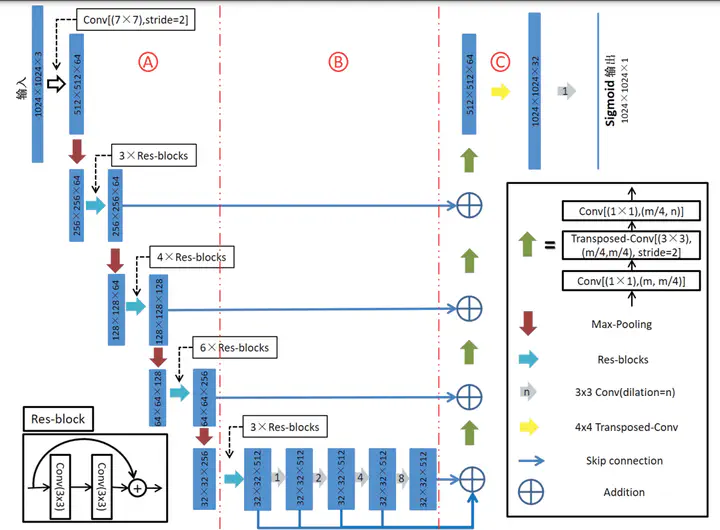
摘要
Sea fog, whether on the sea or the coast, has adverse effects on transportation, marine fishing, marine development projects, and military activities due to its poor visibility. Therefore, realtime monitoring and forecasting of sea fog are essential. This paper proposes a multichannel image fusion segmentation algorithm for stationary meteorological satellites based on deep learning. The DLinkNet deep neural network semantic segmentation algorithm model is used to study the 16channel Himawari8 satellite data with a spatial resolution of 0.5 km in the Yellow Sea and the Bohai Sea. Using mIOU (mean Intersection Over Union) and observation value test as evaluation indicators, the mIOU on the test set is 0.9436, and comparing the results of satellite test data with the results of marine observation data. It was concluded that the accuracy rate of fog area (detect fog and real fog / detect fog) is 66.5%, the recognition rate of fog area (detect fog and real fog / (real fog-cloud coverage)) is 51.9%, and the detection accuracy rate (detection correct samples / total samples) is 93.2%. In conclusion, the method proposed in this paper can provide a reliable reference for sea fog monitoring.